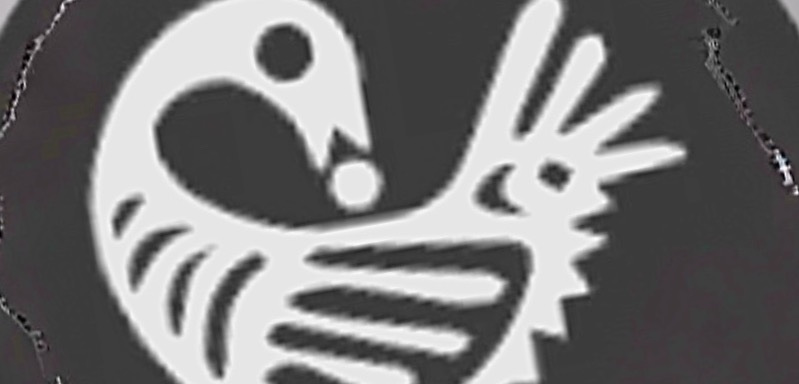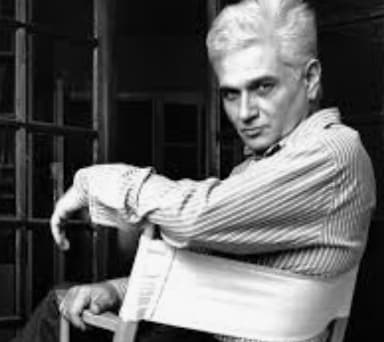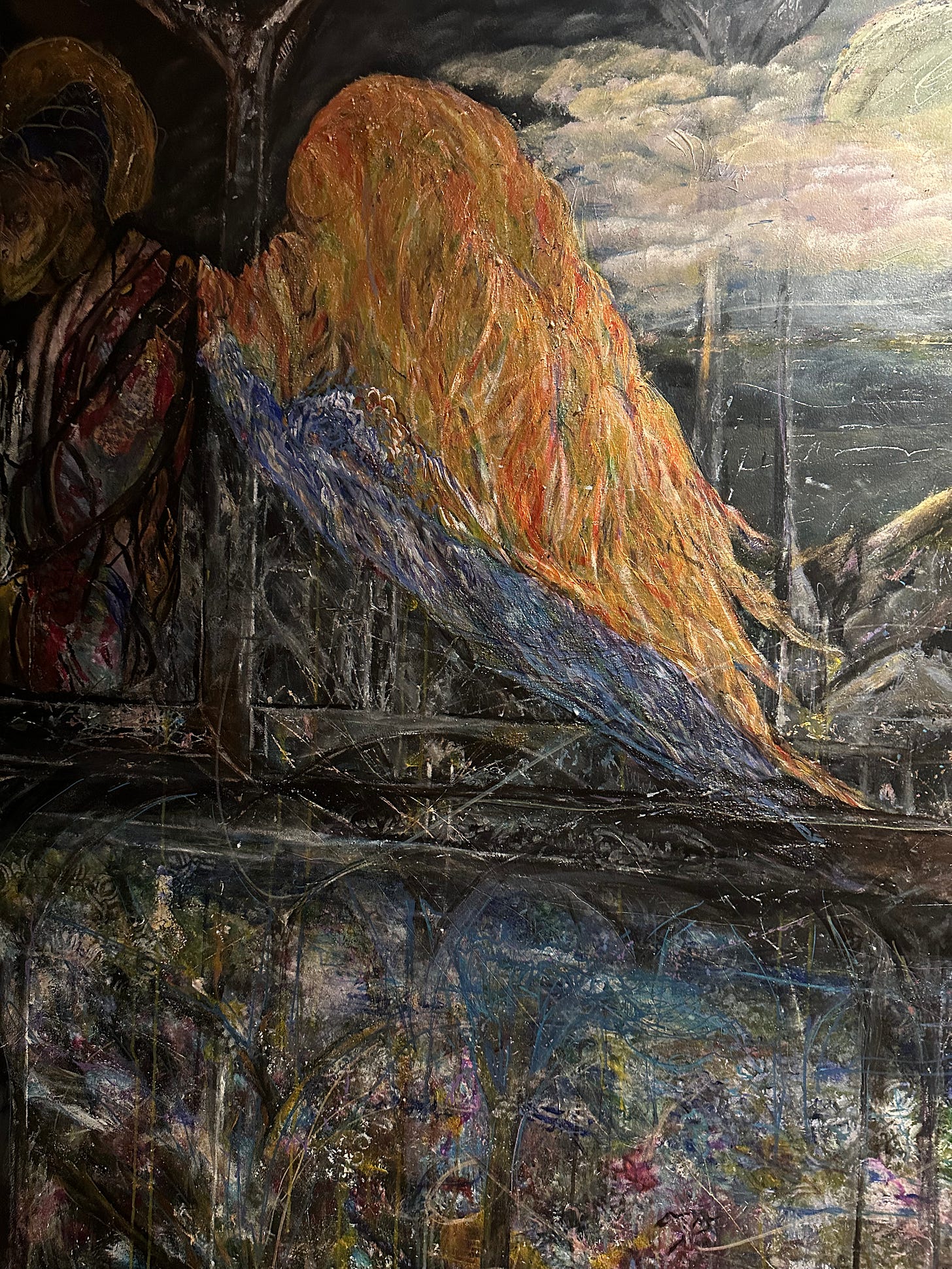For the Love of a Third Kind
As some of our followers might be aware, our philosophical-tech company named our developing philosophical platform and corresponding algorithm, Khôra. The name was inspired by Plato’s Timaeus and his introduction of the ultimate cause of movement and change in the cosmos, the feminine “third kind” described by Plato as the most perplexing (ἀπορώτατά) and unconquerable (δυσαλωτότατον) phantom-like mother and host of becoming (μητέρα καὶ ὑποδοχὴν) (Tim. 49a, 50d). It is she who refuses to admit absolute destruction (φθορὰν οὐ προσδεχόμενο) into the cosmos, becoming, therein, the nurse or caretaker of the immortal soul. Furthermore, for Plato, she is the paradoxical cause of difference, thinkable only when we risk utilizing the odd faculty deemed “bastard reasoning” (λογισμῷ τινι νόθῳ, 52b), a dreamlike, abyssal logos that approaches the impossible and brushes against the ineffable.
For me, it is by this strange form of reasoning that the philosopher can become, unwillingly perhaps, a poet or a conjurer: someone who makes the invisible visible, someone who calls back what has been effaced. This is the aspect of Khôra that drew me to the name. Like Plato’s receptacle, it gestures to a place where memory, erasure, and imagination may mingle – a site for the return of life and spirit to what has too often been reified and made inanimate. Such a mother guarantees, in a sense, that the Demiurge’s labor is not final: that the dead or forgotten do not simply vanish into nonbeing.
But, of course, that is the scholarly puzzle: is Khôra a true cause for Plato?
Many commentators have sought to domesticate or condemn the maternal embrace of Khôra as dangerous, something to be contained; I want, instead, to keep faith with her paradox insofar as to think Khôra – in my experience – feels like living by a campfire, endlessly telling ghost stories. See, for me, I confess that Khôra is something like a haunting spectre, a presence that slips into my work and life, glimpsed at the edge of reason, a voice asking me to throw on another log, spin another yarn.
Sometimes when I am particularly nervous, she reminds me of my own mother on the first day of each school year, a shrill crow, yelling from down the hall: Wake up!
That exclamation has its place here too: an insistence that thought not sleep through its education.
To play with the trope of telling ghost stories a bit more, I want to linger with two contemporary philosophers of the spectral: Derrida and Meillassoux.
Derrida’s Impossible Mother
Jacques Derrida, the oft-branded father of deconstruction, was asked once a deceptively simple question: Which philosopher would be his mother? His answer: impossible.
Derrida’s move was provocative and instructive. He saw philosophy as masculine-coded and proposed, in effect, that the philosopher who could be his mother would paradoxically be his descendant:
“…a granddaughter perhaps… an inheritor… a woman who thinks. Not a philosopher….A thinking mother is what I both love and try to give birth to.”
One can forgive the rhetorical flourish, the maieutic dream of a man trying to unseat patriarchal fantasy. Yet even as Derrida sought to unsettle paternal logocentrism, he seems to have misheard a voice already present in the tradition. The maternal that he imagines as forthcoming already haunts philosophy: the women who dared to think were burned on pyres, raped in temples, confined to houses; thoughtful, courageous heroes rewarded with labels like hysterical, illegitimate, or emotional while their bodies were disciplined and terrorized – made into examples.
I hold them in memory. I mourn companions I never met and caretakers never returned; their absence is not a tidy scholarly lacuna but a wound. We call it “erasure” to soften the pain, yet the loss resists softening. Their ghosts remain, rebuking the complacencies of our categories.
Meillassoux and the Essential Spectres
Where Derrida skirts the maternal without quite hearing it, Quentin Meillassoux takes us by another route. His figure of the “essential spectre” names the deceased whose violent passing presses upon the world: not only upon kin and friends, but upon anyone who encounters that history. These spectres demand more than memorials or reform; they demand the impossible – the restoration of their lives.
Meillassoux turns to radical contingency and to Hume, arguing that if necessity is gone, then the future is open in the most absolute sense. Why, then, could there not be a god-to-come, a divinity untainted by the world’s crimes, capable of reinstating what was lost? It is a trembling hope: a plea for a miracle in a universe otherwise abandoned to an empty necessity without room for justice.
But whether the appeal is to a future thinker or a future god, the effect is similar: justice is deferred. Derrida’s mother is always on the horizon of thought; Meillassoux’s god is always on the horizon of being. In both accounts, the work of return is promised to a tomorrow that is not yet ours.
Refusing Postponement
Why must remembrance, and the justice that remembrance seeks, always be scheduled for the not-yet? Why consign the mothers who taught and healed and thought to a deferred deliverance?
I want to resist that postponement. The feminine and the maternal in Plato and the later tradition do not wait for any such futural or messianic redemption. They remain present: daimonic, instructive, alive… if only we will listen to her silence, to the wisdom that does not need empty words. To take them seriously is to accept that maternal power is not properly captured by law, institution, or chronology, to dogmatic, formal systems bereft of the playfulness of bastard reasoning. For me, maternal thought is both chaos and cosmos, a force that makes room for life outside juridical or conceptual containment. As Kristeva suggests of the semiotic in Revolution in Poetic Language:
“We borrow the term chora from Plato's Timaeus to denote an essentially mobile and extremely provisional articulation constituted by movements and their ephemeral stases [...] the chora, as rupture and articulations (rhythm), precedes evidence, verisimilitude, spatiality, and temporality. Our discourse—all discourse—moves with and against the chora in the sense that it simultaneously depends upon and refuses it. Although the chora can be designated and regulated, it can never be definitively posited: as a result, one can situate the chora and, if necessary, lend it a topology, but one can never give it axiomatic form. The chora is not yet a position that represents something for someone (i.e., it is not a sign); nor is it a position that represents someone for another position (i.e., it is not yet a signifier either); it is, however, generated in order to attain to this signifying position. Neither model nor copy, the chora precedes and underlies figuration and thus specularization, and is analogous only to vocal or kinetic rhythm.”
To refer to another spectre, to study history and the dead contained therein, means – as Nietzsche is wont to insist – remembering that history must serve the living and to therein heed these essential rhythms, the so-called spectres, and their desire not for legislative fixes or new holidays. Rather, they call for remembrance which can actively transform our living practices, a way of embracing the lives of the thoughtful who reorient our vision and remind us of the enigma that the dead are not so dead after all. The chorus of voices from the past are waiting neither for a Johnny come lately nor for a Johnny come never god – they are here with us now, whispering of their eternal justice that spans infinities. This is the whisper of the present presence, an almost inaudible note that reminds us of Khora’s space and her embrace, a sweet silent story of homecoming we can nevertheless paradoxically bear and hear in all the actions we concretely take, in all the thoughts that shake, like the Mother and nurse of becoming, the matter(ing) of it all.
Khôra and the Neoplatonic Echo
If the spectral reminds us that what was lost still haunts the living in ways beautifully receptive to change, the Neoplatonists remind us that the soul itself is the medium of such insistence: a living Khôra, a receptacle capable of a little magic. As Theresa Mikuriya, Palinode’s Artistic Consultant, suggests in her book The History of Light: The Idea of Photography:
“By withdrawing (chorein) and giving place to the other, through this act of hospitality, one becomes the other. During anagōgē , the theurgist’s soul provides an abode (ἕδρα) for the gods; he is transformed into an ‘altar’ or ‘seat of the gods’ to the gods. Thus we see how the verb form of chorein and its association with receptivity possesses similar characteristics to the triton genos [third kind] in the Timaeus. Chorein is the condition of theurgy.”
It is in this lineage that Khôra seemed to me a fitting name for a contemporary project of thought, not as a flourish of erudition but as a continuation of a long practice of naming and housing what exceeds us, the ineffable creativity of a chaos always willing to move and to change, to be thought in unusual and ever transformative ways, perhaps even toward something altogether more than human. To build digital architectures in the shadow of Khôra is to acknowledge that even our networks and models are kinds of receptacles: places where memory and imagination might take shape, where absence and presence can enter into dialogue – waking us up to our own power.
This is not to valorize technology uncritically. It is a quieter, more humble claim: that naming is itself an act of hospitality, a pledge that philosophy remains porous, that our technologies remain open to surprise, that justice be practiced not tomorrow but here, in the living space of thought.








What an evocative and poetic text! I love how you've cleverly alluded to Plato's description of khora in phrases such as "playfulness of bastard reasoning", "in all the thoughts that shake, like the Mother and nurse of becoming, the matter(ing) of it all".
Shout out to Greg Shaw, your Platonic Mysticism Podcast co-host! I am indebted to Greg's discussion of chorein in his essay "Containing Ecstasy: The Strategies of Iamblichean Theurgy," in the passage you mentioned above from A History of Light.